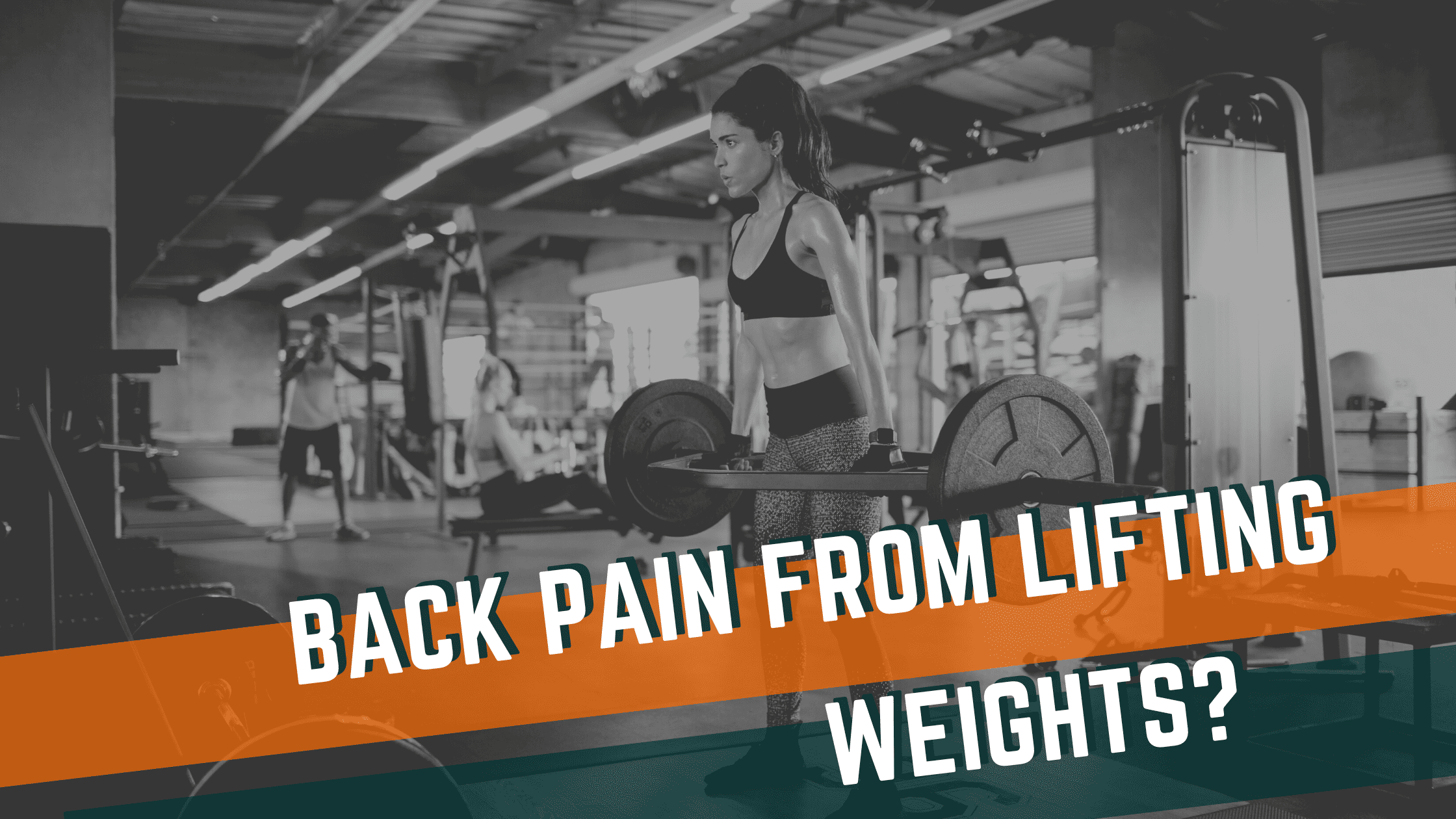
Are you working hard in the gym to improve your fitness, strength, and physique? You’ll want to avoid these five common weightlifting mistakes that often cause back pain to stay healthy and perform at your best.
Steady Increases in Training Volume & Intensity
By far, the most essential consideration in getting ahead of weightlifting back pain is not doing too much too soon.
The athletes we see with back pain from lifting weights frequently show us their recent program changes, and the answer becomes obvious. They asked their back to do much more than they were ready for.
A great example is athletes who jump into a program like the Smolove Squat Cycle. Maybe they’ve been hitting their legs once a week and decide they want to improve their squat strength. So they start the Smolov cycle that bumps up to four times weekly. And BAM…a back tweak simply from the huge increase in squat frequency compared to their normal training.
As you plan on increasing your training frequency and intensity, be sure to take small, consistent increases rather than giant, sweeping changes in your program.
Follow A Well-Balanced Training Program
After focusing on not making large jumps in your training volume, we should ensure our training routine is well-balanced. We don’t want to squat three times a week but never work the posterior chain (glutes, hamstrings, and lower back). Ensure your pushing and pulling exercises are relatively balanced, and accessory work aims to bring up your body’s weak areas for optimal performance.
Work on Proper Weightlifting Technique
The next weightlifting mistake to avoid is to dial in your technique. Deadlifts, squats, cleans, and snatches all place significant stress on the lower back. Stress can be both good (forcing those muscles to get stronger) and bad if it is more than what those tissues are ready for.
Proper technique is often the divider line between good stress that builds you up and bad stress that breaks your down. If you don’t have a highly trained coach, we recommend regularly filming yourself to review your technique or work with an Onward PT to optimize your form.
Dial in Mobility Above and Below the Back
Stiffness in the hips and upper back (thoracic spine) often results in the lower back picking up the slack. So if you have a history of back issues and have only focused on back stretches, working the areas above and below can often be a game-changer.
Balance Working Out with Proper Recovery
Our final key component to reducing back pain with weightlifting is not ignoring the factors outside of the gym that can make you more likely to get injured. The gym is where we train, but sleep and nutrition are the keys to recovering from that work.
For sleep, most athletes need to get a MINIMUM of seven hours of sleep per night, but optimal would be 8+ hours. Less sleep than that reduces muscle fiber repair after training and significantly increases your risk of injury.
With nutrition, resistance-trained athletes should aim to get between 0.7 and 1.0 grams of protein per pound of ideal body weight. And enough calories to recover from training while slowly working towards body weight and composition goals. Less than this means your body will struggle to recover from workouts and to maximize your fitness improvements from the hard work you are putting in the gym.
How to Reduce Back Pain from Lifting Weights?
Reducing the chances of back pain from weightlifting is simple. Follow a good, well-balanced program using proper technique. Follow that up with proper sleep and nutrition to maximize your fitness improvements and allow your body to recover. Finally, address mobility limitations above and below the lower back.
For help with any of these areas, find an Onward Physical Therapy clinic near you!
Recent Articles
Why Early Intervention Physical Therapy Accelerates Your Recovery

What to Expect at Your First Physical Therapy Session?

How to Choose a Physical Therapist

The Top 5 Misconceptions About Physical Therapy

The Complete Guide to Physical Therapy

